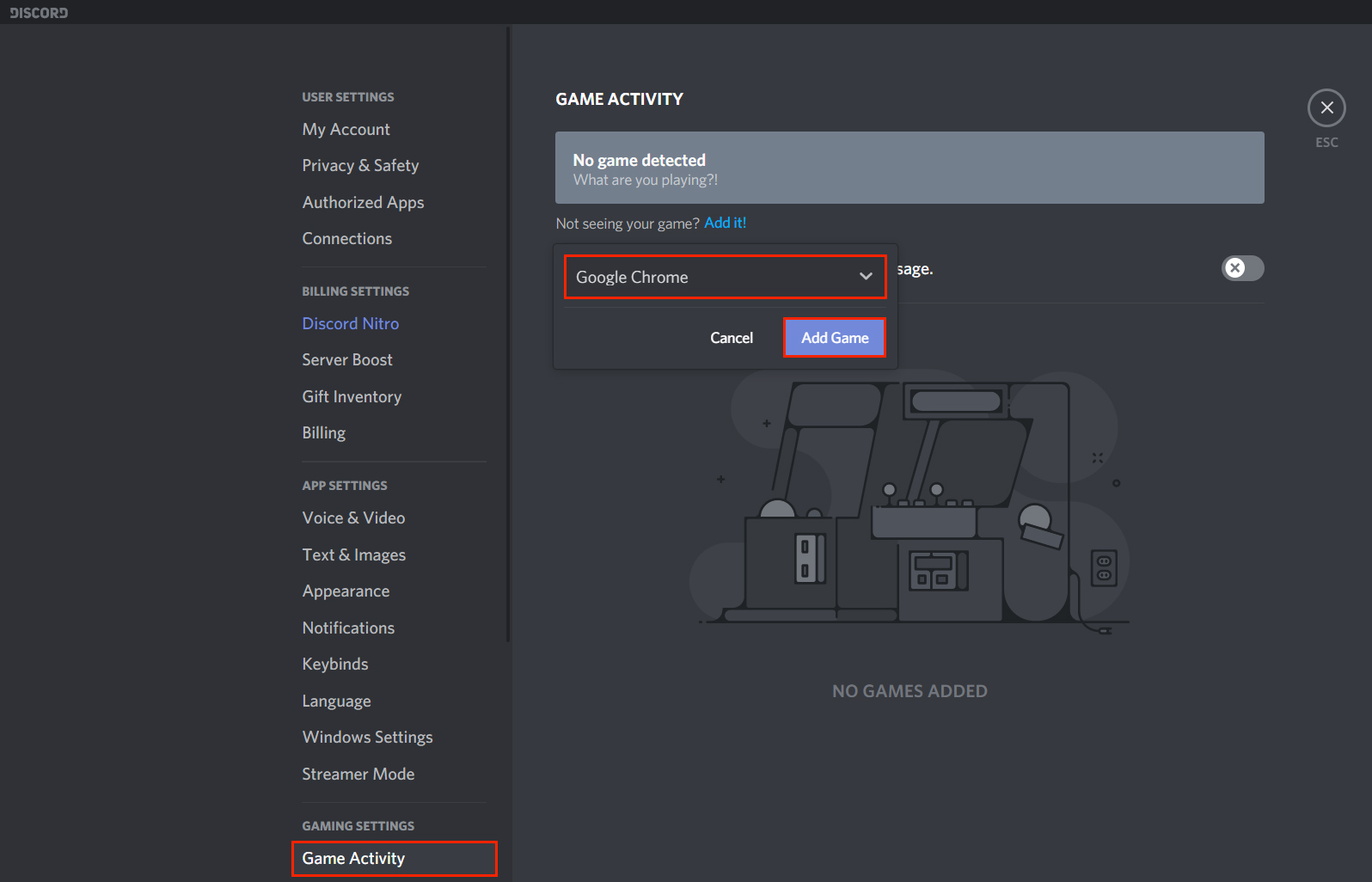

The other option, of course, is to just install Linux on that old hardware. Unfortunately, Chrome OS Flex has a very different use case and I would only recommend installing it if you meet the exact use case it addresses. Seems attractive to take that only Windows 7 laptop and repurpose it to run Chrome OS, especially if you can run Linux apps on it. However, Google has recently pushed out Chrome OS Flex which is meant to install on a spare laptop you might happen to have hanging around. If you have a real Chromebook, you can also use it to run certain other kinds of programs via virtualization. Like Android, Chrome OS is based on some variant of Linux, but it is targeted at the “cloud first” strategy so Chromebooks typically don’t have a huge amount of storage or compute power. You’ve probably heard about Google Chromebooks. The Flex Desktop is user-friendly and responsive Continue reading “This Week In Security: Spandex Tempest, Supply Chain Chain, And NTP” → Posted in Hackaday Columns, News, Security Hacks, Slider Tagged 0-day, chrome, This Week in Security We look forward to hearing the details on this one.

It seems likely that both of these 0-days were found in the same exploitation campaign. Then, on th 18th, yet another released rolled out to fix CVE-2023-2136, also reported by the TAG, also being exploited in the wild. That flaw was reported by Google’s Threat Analysis Group, presumably discovered in the wild, and the fix was pushed as stable on the 14th. Up first was CVE-2022-2033, type confusion in the V8 JS engine. Chrome 0-day DoubleĪ pair of Chrome browser releases have been minted in the past week, both to address vulnerabilities that are actively being exploited. No word yet on whether researchers managed to keep a straight face when approving that name. But the absolute winner is Spandex Tempest. But then there the really special names, like Wine Tempest and Zigzag Hail. Some of the other names sound like they should be desserts: Caramel Tsunami, Peach Sandstorm, Aqua Blizzard, or Raspberry Typhoon. It seems like the adjectives were chosen at random, giving rise for some suitably impressive names, like Ghost Blizzard, Ruby Sleet, or Granite Typhoon.


Then each discreet group is given an additional adjective. It sounds great, naming groups after weather phenomenon, based on the groups motivations or nation of origin. Microsoft’s Threat Intelligence group has announced a new naming scheme for threat actors.


 0 kommentar(er)
0 kommentar(er)
